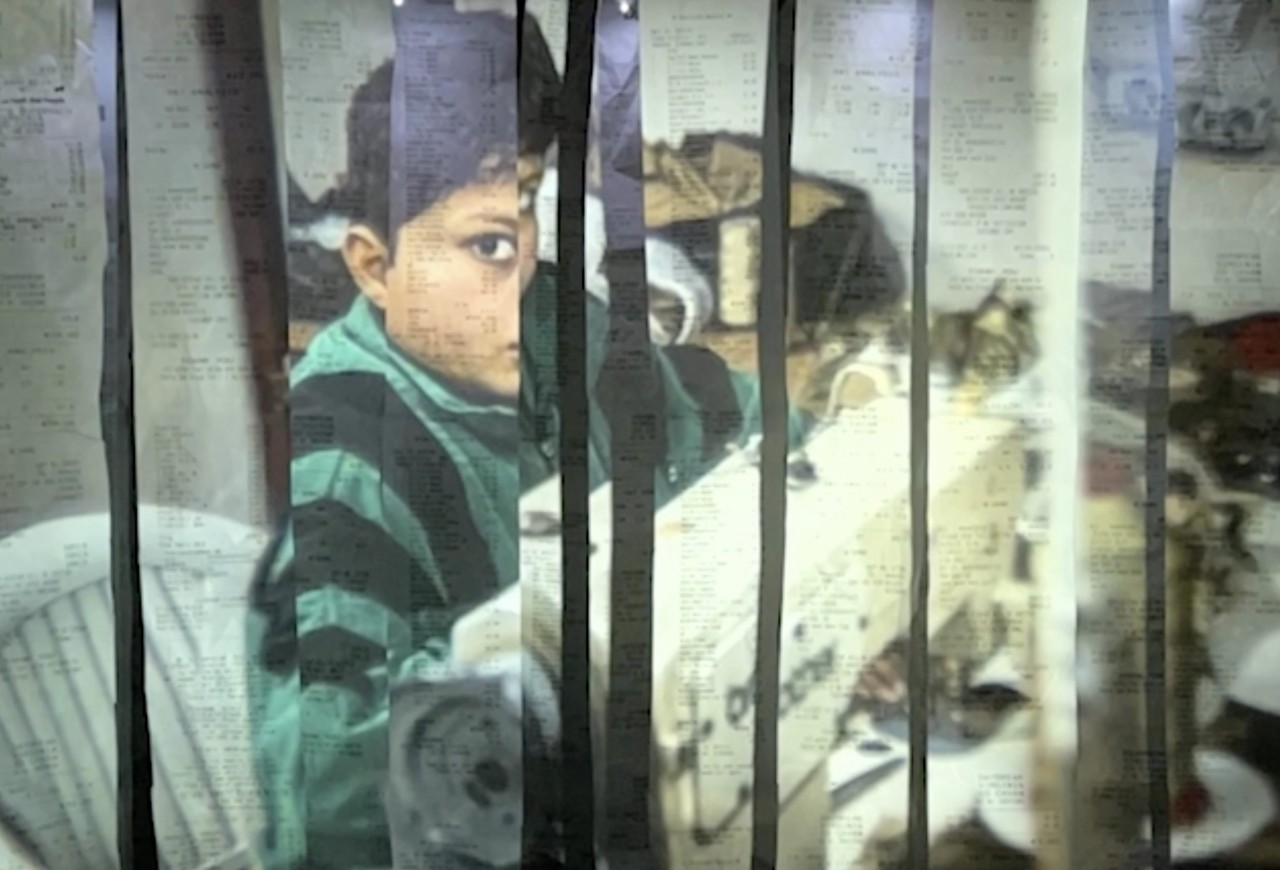Hanging by a thread
‘Hanging by a Thread’ is a collaborative campaign with Oxfam. It is aimed at all consumers of fast fashion, particularly teens and young adults as they have been proven to be the age group that buys fast fashion the most, particularly online. This campaign simultaneously contrasts the high level of greed which exists in the world and the enormity of fast fashion consumed with the exploitation of fast fashion workers in Bangladesh. This contrast is visually displayed through receipts and an atmospheric representation of fast fashion sweatshops in Bangladesh. Bangladesh’s economy is mostly dependent on the textile and garment industry, with the sector accounting for around 80% of the country’s exports. There are 3.5 million factory workers in Bangladesh; many of whom work long hours in cramped, dangerous conditions, often without any financial protection or employee rights.
Although retailers such as Pretty Little Thing, Missguided, and ASOS offer clothing to customers that cost from as little as €2, the fast fashion industry is having a detrimental effect on our planet. Not only is the clothing being produced with synthetic fibres such as polyester, which are harmful to our environment, the affordability of the clothing leaves its value easily diminishable, leaving 57% of all disregarded clothing in landfills.
The anchor of this campaign is an installation piece which aims to evoke an emotional response in the viewer and pleads with them to take a stance against fast fashion suppliers and the unfair conditions for the factory workers. This approach aims to evoke empathy, distress, and horror in the viewer. If the viewers start to refuse fast fashion and begin to demand fair conditions for workers, the cost of clothing would increase, which would in turn decrease the overconsumption and thus reduce waste. This would ensure that garment making remained a huge source of income and employment for developing countries such as Bangladesh while reducing the exploitation of these workers. The reduction in fast fashion production coupled with the increase in clothing prices would also minimise landfills and pollution for our environment.
I hope that this design can inspire even one consumer to make a leap and take a stance against the fast fashion industry that is leaving lives hanging by a thread.








